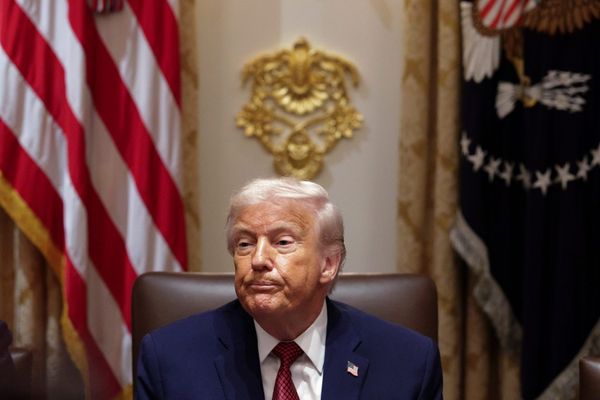
A giant paradox has burgeoned in the economy, and it’s vexing even the experts: A tight labor market, replete with booming hiring…alongside slowed growth, recession warnings, and crashing productivity. Tyler Cowen, the George Mason economics professor and influential blogger at Marginal Revolution, has a theory that could explain it all, as he wrote for Bloomberg Opinion on Tuesday: There’s a “serious crisis of morale” in the post-pandemic workplace.
Maybe workers “really are doing less,” Cowen wrote. That accounts for the unprecedented mix of economic data we’ve been seeing. In other words, it wasn’t just Elon Musk’s imagination: Everyone’s quiet-quitting at the same time.
This past spring, year-over-year productivity growth has been negative for the past five quarters for the first time since World War II, and while it can’t be established scientifically that it’s because of morale, Cowen thinks that is the main culprit. And if it’s really true that workers are simply doing less than they did pre-pandemic, Cowen wrote, “businesses, in turn, have to hire more of them just to keep pace.”
After all, he says, one of the strange pieces of data confirms that demand in this economy is still hot: “With inflation still in the range of 5%, slow economic growth cannot be due to insufficient aggregate demand,” Cowen wrote. Rather, the disconnect stems from “supply-side and productivity considerations.”
The pandemic—and its manifold impacts—is the biggest national disaster of the last half decade, Cowen wrote. But it hasn’t damaged capital; it’s damaged labor, above and beyond the millions who remain sidelined with Long Covid. Cowen thinks that remote work is hurting, not helping. “Could part of the explanation be the broader adoption of the work-from-home option?” he posited. That’s hardly an unpopular opinion among Fortune 500 CEOs—everyone from Goldman Sachs’ David Solomon to Salesforce’s Marc Benioff to Tesla’s Elon Musk have bemoaned the remote work revolution and made plain their goals of a full office return.
Gregory Daco, chief economist at EY-Parthenon, previously told Fortune that the hybrid environment can’t be discounted as a factor in plummeting productivity. “We hear similar stories from our clients across sectors of reduced productivity because of the new work environment.”. Daco isn’t ruling it out.
Numerous studies have argued that remote work increases productivity (and most workers simply prefer the flexibility it affords), but Cowen wrote that he needs more data. His bottom line is that productivity (and by extension, the economy) will improve when people get back to their desks, at least some of the time.
Cowen then admitted this was “puzzling” when “viewed through an economic lens,” as the current moment of seeming worker malaise and plummeting productivity—set against stagnating or even falling wages in many sectors—shows that the labor market is not observing the model of how free trade is supposed to work.
If workers put in more effort, Cowen points out, then employers should agree to pay them more. Instead, pay is being cut and so is effort. That’s just not how economics is supposed to work. He predicted that the economy will be “stuck with the current productivity slowdown” until something changes—maybe artificial intelligence will “kick in at some point, and the workers who are not pulling their weight may be in for a comeuppance.”
It’s not always so simple, though, as Daco pointed out: “Whether being in the office is more efficient depends on a number of things—your sector, the population you employ.”
It’s possible that, in the near-term, America has “entered a new, topsy-turvy world in which the old correlations no longer apply,” Cowen concluded. The natural follow-up question to that might be: which correlations should we seek to make now?
Perhaps return-to-office rates could be the missing piece. “We’ll probably see more weight towards three to four days in the office, rather than one or two, if the labor market slows,” Daco said last month. That could bring big changes to the Fed and monetary policy. “All else being equal, we’ll have high inflationary pressures, so the Fed will likely be more hawkish.”
Renewed worker productivity—wherever they’re working from—will cool inflation, Daco went on. “In the absence of that productivity growth, we’ll see the Fed act more hawkish than doveish.”
Cowen did not respond to Fortune's request for comment.







